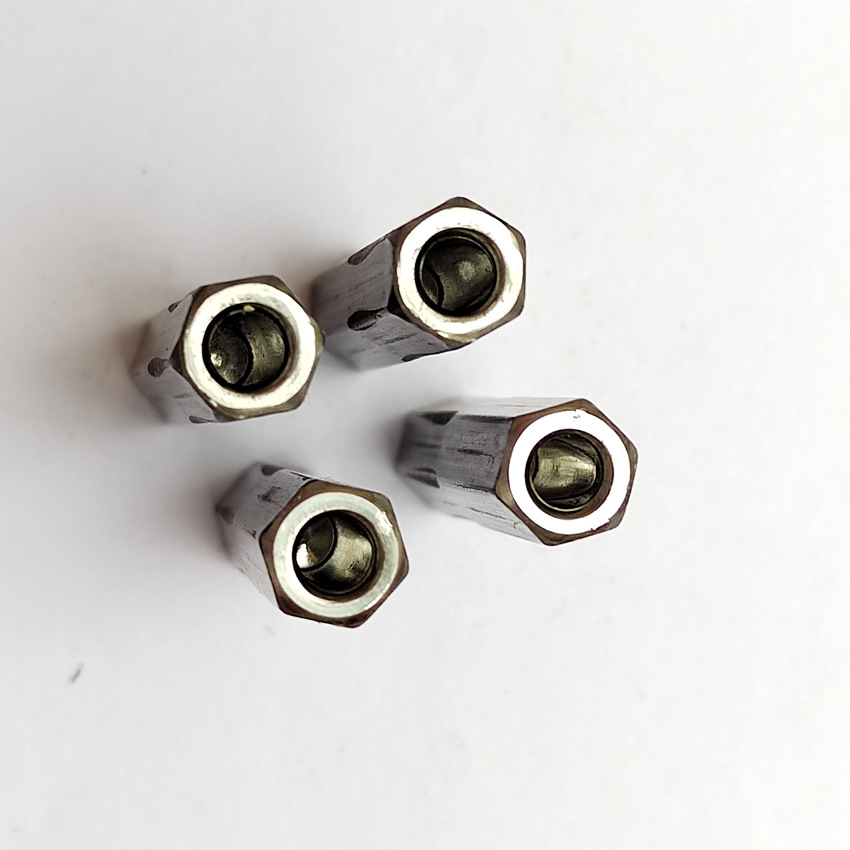What Are the Methods to Prevent Loosening of Anti-loosening Nuts
Anti-loosening nut is a nut, which is a part that is screwed together with a bolt or a screw for tightening. It is an original part required by all production and processing equipment. Anti-loosening non standard nut is a part that tightly connects mechanical equipment together. With the help of the inner thread, anti-loosening nuts and screws of the same specifications can be connected together. The following is a detailed introduction to several methods of preventing anti-loosening nuts from slipping.according to Non standard hardware factory Industry veterans said that its development will still be in a good situation. https://jieruifasteners.com/
1. Anti-loosening of equipment
It is to use the locking nut stopper to directly limit the relative rotation of the locking nut pair. For example, the use of tooth pins, serial wires and stop washers. Because the locking nut stopper does not have a pre-tightening force, the anti-loosening stopper can only work when the locking nut is loose and returned to the stop position. Therefore, the locking nut method does not actually prevent loosening but prevents falling.
2. Riveting and anti-loosening
After tightening, use punching, welding, bonding and other methods to make the locking nut pair lose the performance of the kinematic pair and the connection becomes an irremovable connection. The disadvantage of this method is that the bolt rod can only be used once, and it is very difficult to disassemble, and the bolt pair needs to be damaged before it can be disassembled.
3. Friction anti-loosening
It is the most widely used anti-loosening method. This method forms a positive pressure between the locking nut pairs that does not change with the external force, so as to form a friction force that can prevent the relative rotation of the locking nut pairs. This positive pressure can be achieved by axially or simultaneously pressing the locking nut pairs in two directions. For example, elastic washers, double nuts, self-locking nuts and insert locking nuts are used.
4. Structural anti-loosening
It is to apply the locking nut pair’s own structure, that is, the Tang’s locking nut anti-loosening method.
5. Punching edge anti-loosening
After the nut is tightened, the thread is destroyed by punching the end of the thread; bonding anti-loosening generally uses anaerobic adhesive to apply to the thread screw surface. After tightening the anti-loosening nut, the adhesive can solidify by itself, and the actual anti-loosening effect is better. The disadvantage of this method is that the bolt rod can only be used once, and it is very difficult to disassemble, and the bolt pair needs to be destroyed before it can be disassembled.